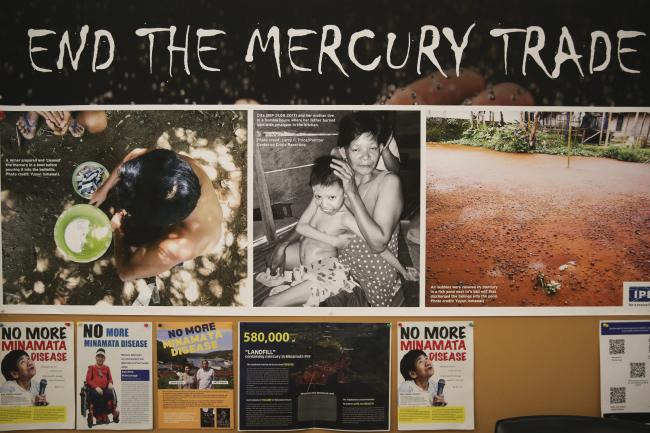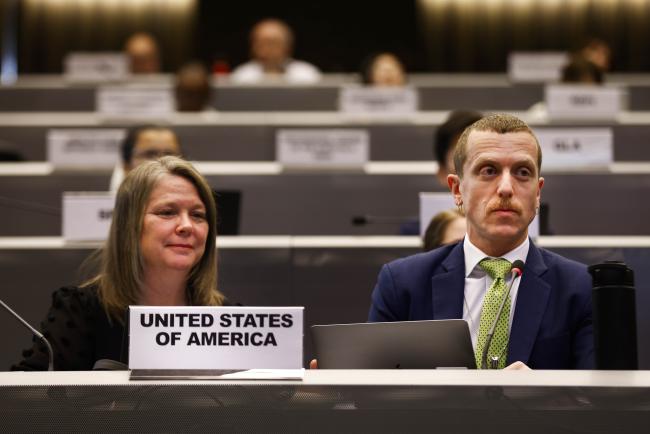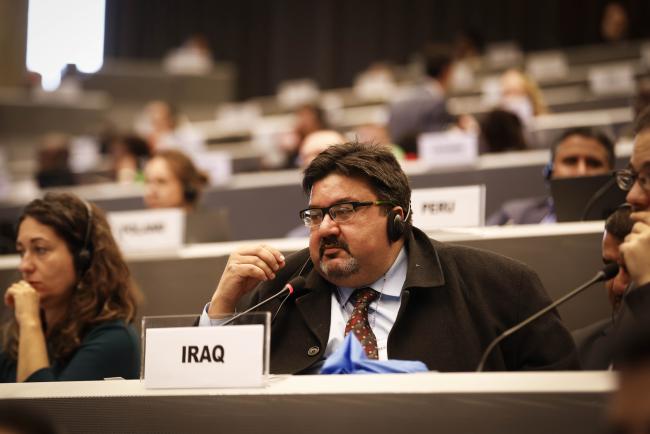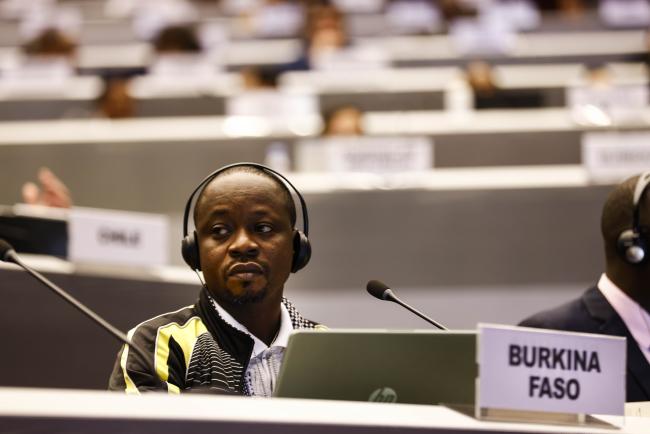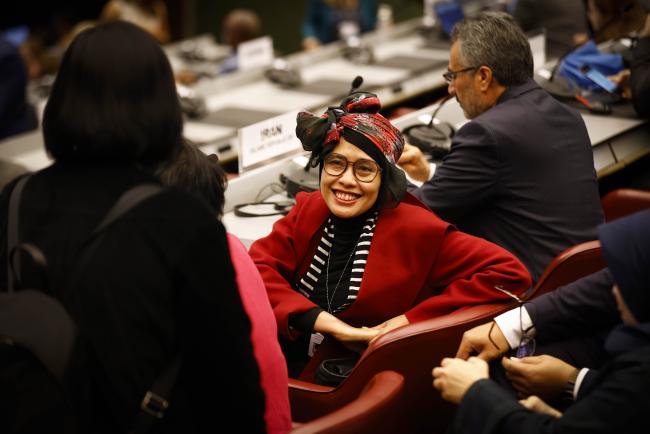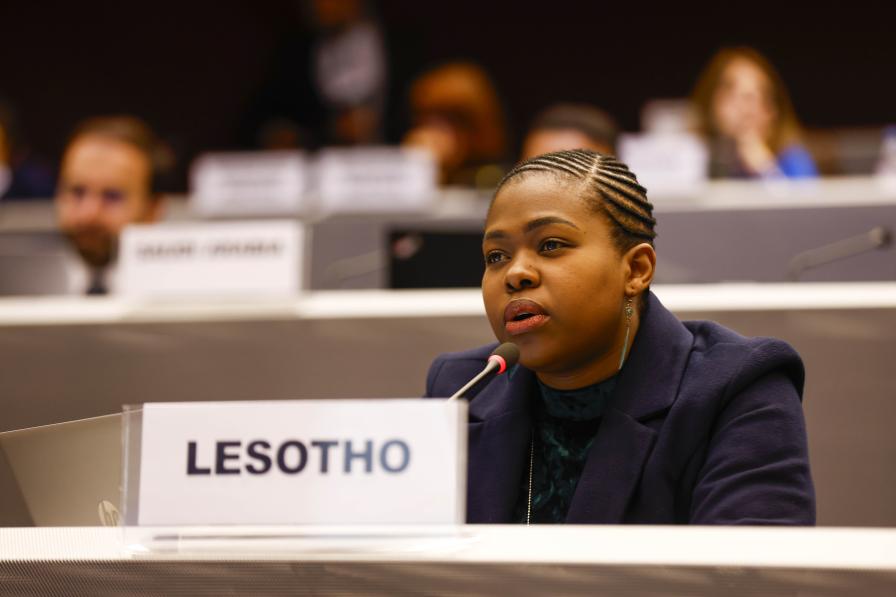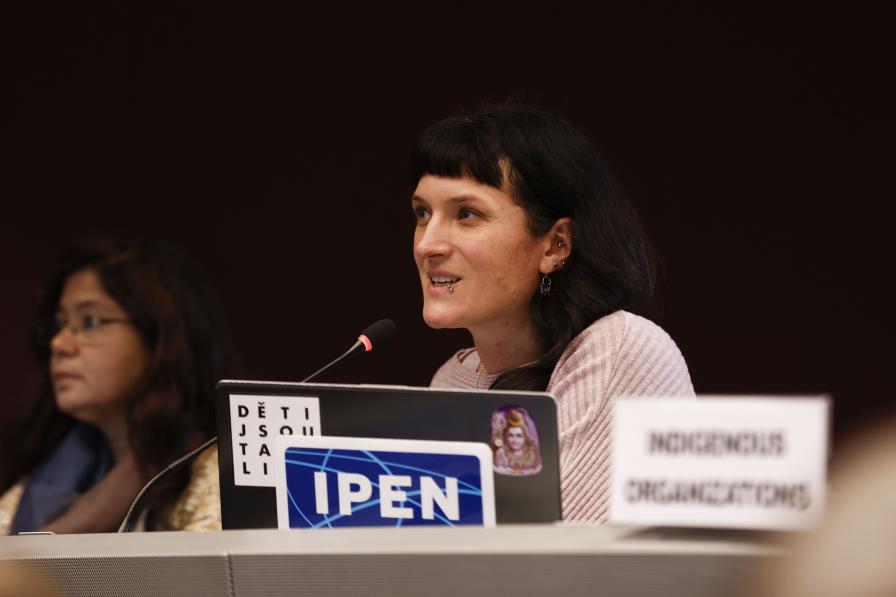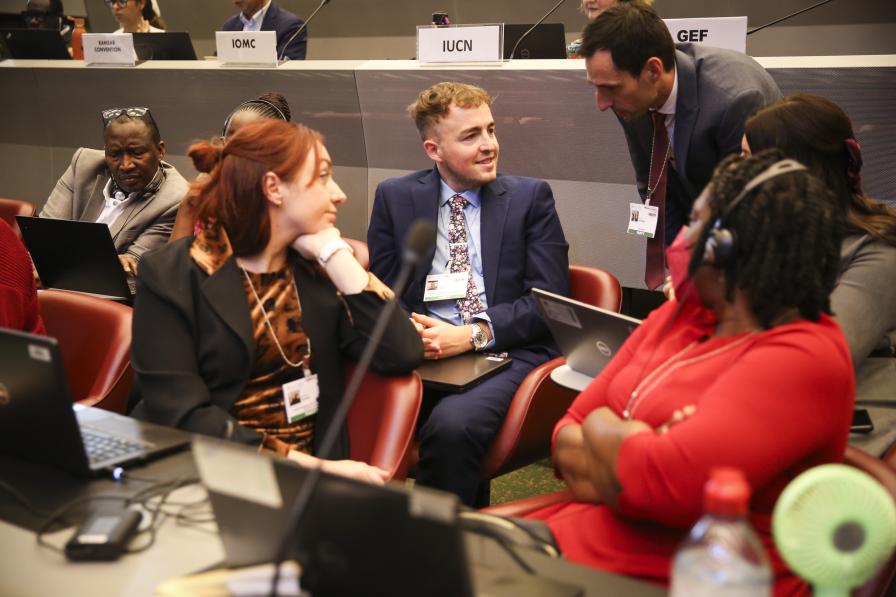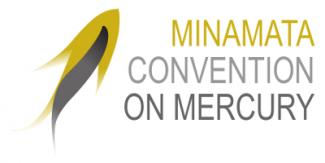Delegates on Wednesday took decisions that are set to deepen the work of the Minamata Convention by strengthening cooperation and joint implementation with treaty bodies and stakeholders. They recognized that recently-adopted global agreements and frameworks, such as the Kunming-Montreal Global Biodiversity Framework (GBF) and the Bonn Declaration on chemicals, can provide ways to more effectively limit the harmful effects of mercury on human health and ecosystems, and may open up new sources of finance for the Convention’s work.
Want to dig deeper into today's talks? Read the full Earth Negotiations Bulletin daily report.
The plenary adopted seven decisions on:
- technical guidance to help countries control mercury releases;
- capacity building, technical assistance and technology transfer, which urges parties and donors to support developing countries with financing and collaboration so they can meet their obligations under the Convention;
- a gender action plan;
- a knowledge management and digitalization strategy;
- the Convention’s financial mechanism, which provides new guidance to the Global Environment Facility (GEF) in light of the second review of the mechanism;
- enhancing cross-linkages with relevant international processes and bodies, such as the UN Framework Convention on Climate Change (UNFCCC) and the World Health Organization; and
- cooperation between the secretariats of the Minamata Convention and the Basel, Rotterdam and Stockholm Conventions.
Contact groups continued their work to finalize the budget and programme of work; agree on thresholds for mercury waste; and decide on schedules for phasing out certain mercury-added products and manufacturing processes that use mercury or mercury compounds. A Friends of the President Group sought to resolve the question of how many participants from each UN region should be involved in the effectiveness evaluation group.
Amidst the deliberations in plenary, the campaign organization Say No To Mercury challenged delegates to ban dental amalgam, arguing that safe, strong and affordable mercury-free alternatives exist. A dentist, who formerly worked in schools in Australia, described her personal experience of developing mercury poisoning, although mercury-free alternatives have been available for many years.
To receive free coverage of global environmental events delivered to your inbox, subscribe to the ENB Update newsletter.
All ENB photos are free to use with attribution. For the 5th Meeting of the Conference of the Parties to the Minamata Convention on Mercury, please use: Photo by IISD/ENB | Natalia Mroz.

